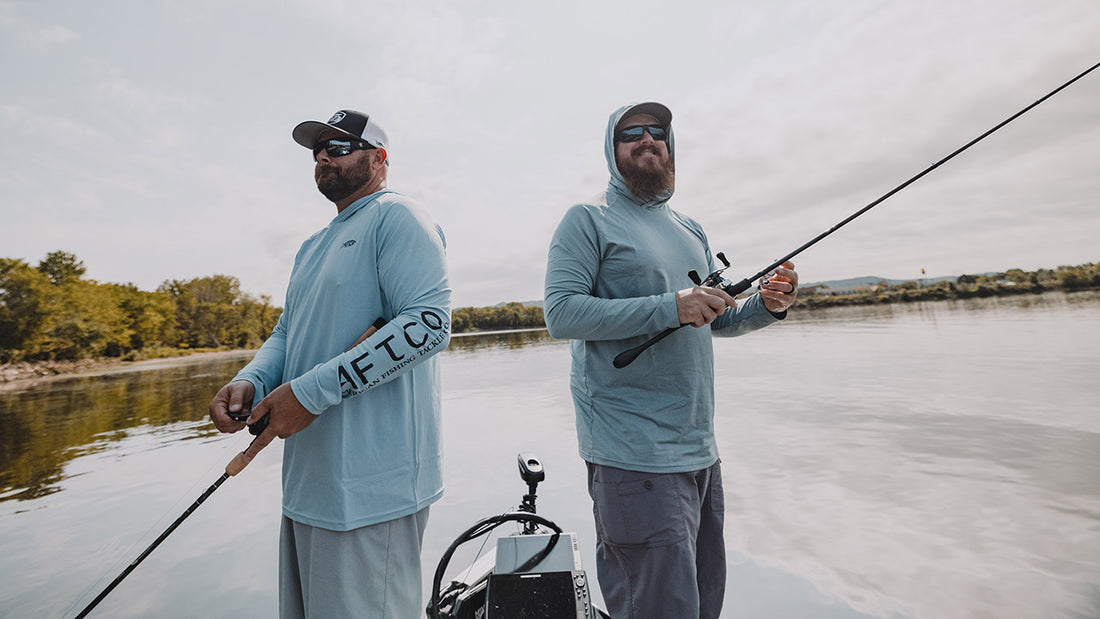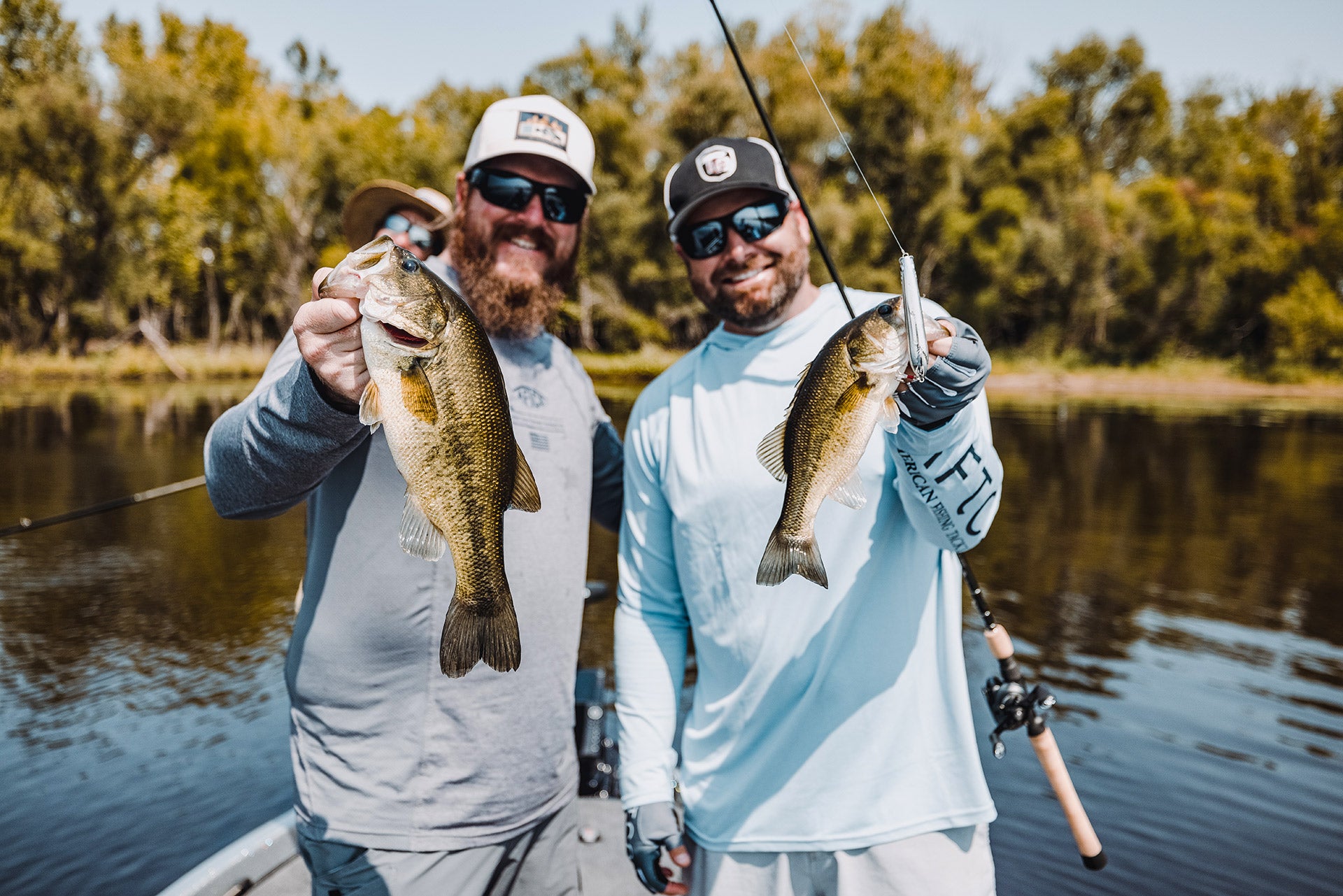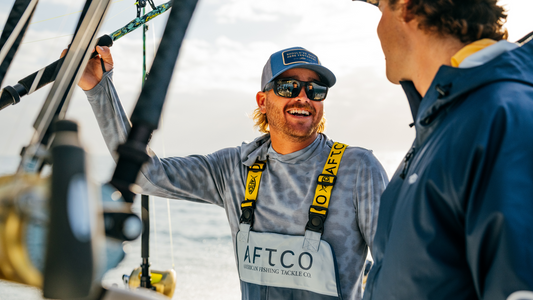
Harvest Moon Fishing - Tips For Fishing the Fall Transition
Seasonal patterns are consistent across the country. The difference lies in when the pattern starts and how long it lasts. The Fall turnover as many call it, or the fall transition, stumps many anglers with where to look for bass and what baits to use. During other seasons, fish make predictable moves but, during the fall, the bass can be finicky and not be in predictable areas. Matt Allen and Tim Little of Tactical Bassin have some tips for finding and catching fish during the fall transition. The main questions Tim answer are:

What is Fall Turnover?
When talking about fall turnover, Matt and Tim mentions the easiest way to know is when the sun goes down, you feel the need to grab a sweatshirt or jacket. This is a key identifier that your area may go through the fall turnover. Obviously this time differs for every region and that is why Tim gives this situation for you to think about wherever you may be living. This can happen overnight and doesn’t have to change what is happening during the day. It focuses just on what the coldest night temperatures get to. So now you have an indication of when the turnover happens but WHAT is happening?

The “turnover” is in reference to the water column turning over and mixing. During summer the water separates between warm surface temperature and cool, oxygen-rich, deeper water. These two are separated by what is called a thermocline. During the turnover, the thermocline breaks and the two water temps start to mix creating more livable water for the bass to be in. It also opens up the water column for the bait schools to start roaming. Once they start roaming, the bass follow suit trying to gorge themselves before winter.
Where Do Bass Go in Fall?
Fall bass tend to be nomadic in constant search of their next meals. But where do you focus your time targeting them? Well during summer, the bass in your lake choose to either stay shallow or to go deep. What drives this is predominately the presence of oxygen in the water. The cooler deeper water contains a lot of oxygen and warmer water tends to have less oxygen. What makes the fish go shallow is the presence of grass. That is why grass is so important in the summer for shallow fishing. Bass get in this grass and spend much of their summer in it. TacticalBassin elaborates on how this pertains to fall fishing by saying those fish are looking for the live bright green grass that is still producing oxygen. The dead grass no longer produces oxygen and in combination with warm water is not a favorable are for bass. These fish may stay in the shallow water but they either look for more lively grass or they move to hard structure as the water temps start to drop more and grass becomes scarce.
The deep fish that were there in the summer may stay near these spots during the summer so long as they have bait. These fish are more nomadic chasing bait balls, sometimes making it easy to find them blowing up on bait. Majority of the time these are smaller fish, but the larger fish may be under the bait waiting for easy meals. Working smarter, not harder.
What Baits Do I Use for Fall Bass Fishing?
TacticalBassin splits up their bait choices by whether they are targeting the shallow fish in the grass, or the deep nomadic fish. The shallow fish will continue to eat some summer baits such as a frog but when this transition starts, Matt and Tim argue a squarebill is impossible to beat. They will keep two squarebills on the deck, one silent, and one rattling. At the same time, chatterbaits, and jerkbaits are great as well as some topwaters in the shallower water.

When it comes to the deeper fish, they switch to deeper diving crankbaits like a 10XD or the River2Sea TB crank, but once they have to slow down a bit, they change to other deep baits such as a flutter spoon or blade bait. The flutter spoon also spends time in their hands when they find the bait schools. The smaller fish will be on the surface feeding on that bait and the bigger fish, as mentioned before, will be under the bait and the flutter spoon is very effective at mimicking the dying baitfish and getting those larger bass to commit.

Seasonal Patterns explain why you might be catching certain fish at any given time during the year. Using some of these tips can help you decipher the fall turnover and help you catch more and bigger fish.





